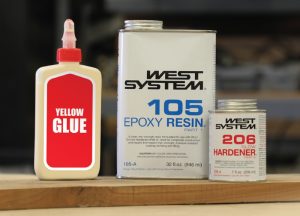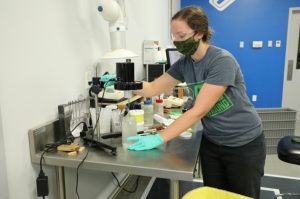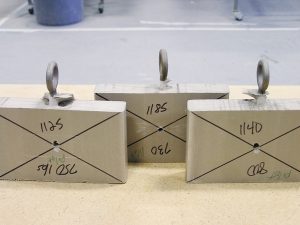By Rachael Geerts—GBI Composite Materials Engineer When should you use yellow glue (also called wood glue or carpenter’s glue) and when should you use WEST SYSTEM® Epoxy? This is common question epoxy users ask, especially when trying to choose the best adhesive for their woodworking projects. Let’s look at when one is a better choice […]





